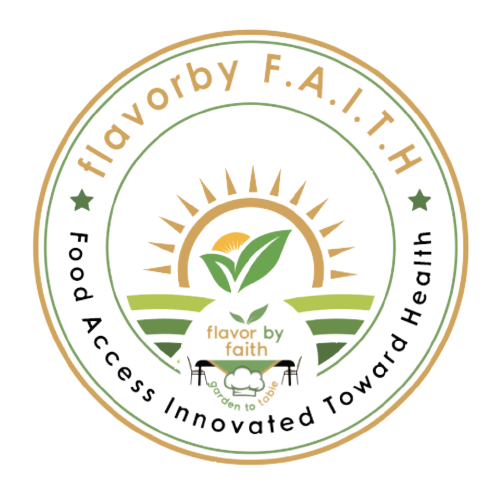In such cases, the energy coefficient on the useful richness-ecosystem working commitment (equation 3) was bigger than one, i
The energy exponent b is expected to vary dramatically among scientific studies depending on the amount of functional communities thought about in accordance with the number of species. In the event the amount of useful groups is equivalent to the quantity of variety then b = 1, in which particular case a linear connection with a slope of 1 will determine the relationship between useful richness, FR and types richness, SR. Overall, but functional fullness are assessed because final amount of functional traits with the types inside environment and typically there are many more species than qualities. Consequently, parameter b is anticipated to-be typically smaller compared to 1. Truly the only difference occurs when each varieties need numerous functional roles additionally the quantity of functions goes beyond the sheer number of types, and that’s feasible in principle but unheard of. This means that, the ability parameter on the practical richness-ecosystem operating commitment (picture 3) try split by lots smaller than one, which yields a steeper pitch than whenever varieties richness is employed (picture 1) (read examples in Fig. 2).
This result of methodological constraints (in other words., most kinds than useful attributes are sized) produces a parsimonious description which has had maybe not come made direct up to now for exactly why BEF relations are generally steeper by using practical richness than through types richness. For that reason, classifications of kinds in practical organizations have significant effects on form of BEF connections that use functional range. To give an example, Acanthurid fish species in red coral reefs are generally labeled as one herbivorous useful class. However, step-by-step review of the dieting and environment incorporate implies that Acanthurid species specialize in the grazing of various types of algae at different locations 19 . Thus, this single functional class are, in fact, an aggregate of a variety of species that play various functions in coral reef working; how these kinds tend to be aggregated in practical communities will considerably affect the slope BEF relationship. This case is probably common in several more types and practical groups. This easy trait of the way we determine biodiversity normally important because it generates concave-up BEF relationships in situations where factor a is larger than parameter b. e., the relationship is concave-up (read examples in Fig. 2). There’s absolutely no cause to think that details a and b become connected and so no discussion for the reason why one should feel big or smaller compared to another (they’re simple intrinsic features of the system). However, the chance of useful richness, rather than species richness, to create concave-up BEF relationships, try insufficient to reconcile the outcome of experimental scientific studies and those of marine observational scientific studies because even with making use of types richness, BEF relationships within these organic ecosystems will always be concave-up and notably steeper than in manipulative fresh scientific studies (desk 1).
The dual aftereffect of ecological connections on species’ people production performance
In experimental options and natural ecosystems, environmental interactions among varieties are required to upset ecosystem working in 2 ways: i) by modifying the populace size of various types and ii) by altering their particular creation ability, identified right here broadly because capability of a types to create biomass, through adaptive adjustment.
Classic types in theoretical environment have thought about precisely the aftereffects of types connections on people

